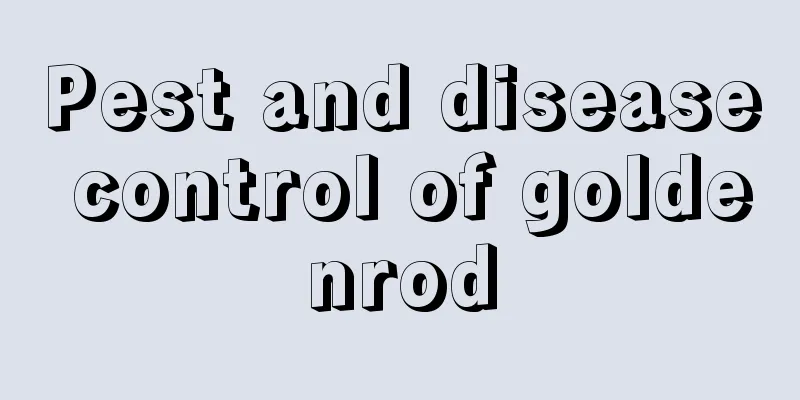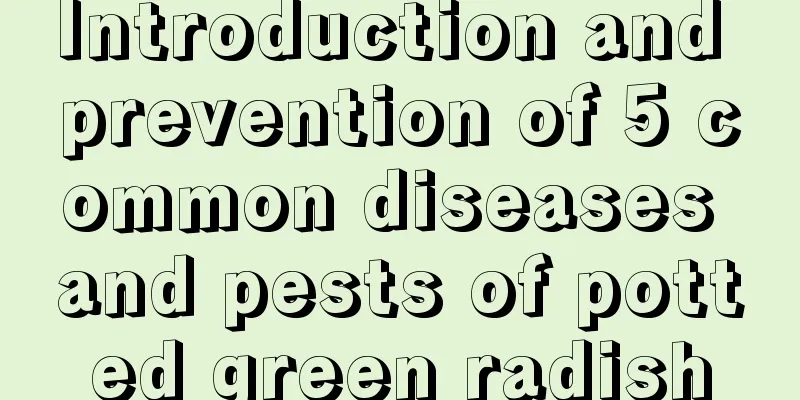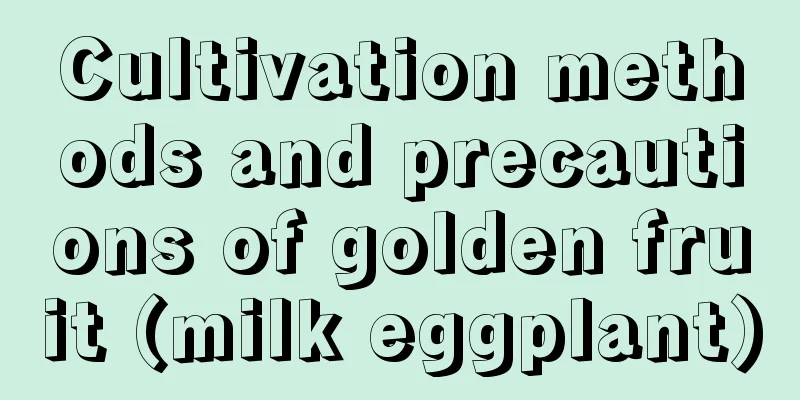Pest and disease control of goldenrod

1. Common diseases1. Spot diseaseThis disease mainly causes the death of plant leaves. At first, only small spots appear on the leaves, which then slowly expand and eventually harm other leaves. When a disease is discovered, the diseased leaves and fallen leaves need to be removed as soon as possible to prevent the spread of the disease. If the condition is serious, drug treatment is needed and mancozeb solution can be used for spraying. 2. Powdery mildewThe disease causes leaves to turn yellow and die prematurely, weakening the plant. When infected, the leaves of the plant will be covered with white powder, and the stems and flowers will also have the same reaction. For prevention and control, when plants shed their leaves in autumn, the fallen leaves need to be removed and at the same time the light should be increased to ensure 12 hours a day. For plants that have already become diseased, 5% barium polysulfide can be sprayed for disinfection. 3. Downy MildewThis disease affects the leaves of the plant, causing white mold to appear on the underside of the leaves. Before planting, a certain distance should be maintained, especially after rain, and attention should be paid to drainage to prevent water accumulation and moisture retention. When the disease occurs, you can spray 500 times diluted 70% ethylene phosphine·mancozeb powder once every ten days for one month, which can effectively kill bacteria. 4. DiseaseThe disease causes the roots and stems of plants to turn black, causing the plants to fall over and die. Before breeding, you should use soil from the previous year and turn it over and dry it several times before use, especially in the hot summer. If infected plants are found, they need to be completely destroyed to prevent further infection. In the early stages, you can spray pesticides for control. 2. Common Pests1. Nematode diseaseThis disease and pest is easy to occur in both the south and the north, and mainly erodes and infects the roots of plants. When it enters the roots of plants, it produces tumors of various shapes, causing the plants to grow slowly, become weak, or even wither. When the disease occurs, the infected plants should be burned to prevent infection, and the soil should be turned over and dried several times to kill the remaining insect eggs. |
<<: Disease and Pest Control of Rhododendron splendidum
>>: Disease and Pest Control of Red Clover
Recommend
When is the best time to plant yellow peaches?
Yellow peach is a fruit that many people like to ...
When is the best time to plant potatoes?
Potatoes are also called sweet potatoes, or yam, ...
When does the purple-leaf plum bloom?
Is it blooming? Purple-leaf plum is one of the mo...
The difference between bamboo begonia and four-season begonia
1. Leaf Difference The leaves of the bamboo begon...
Taboos of drinking water soaked with money grass, side effects of money grass
1. Taboos of drinking soaked water 1. Do not take...
How to care for lotus bamboo and what Feng Shui effects does it have
1. How to maintain 1. Soil: For soil cultivation,...
Methods of raising cicadas at home
The golden cicada , also known as the cicada monk...
Is lawn planting profitable? Profit analysis
Is it profitable to grow lawns? Lawns are current...
Can egg shells be used as fertilizer?
Egg shells as fertilizer Eggshells can be used as...
The difference between blueberry and baby's breath
1. The difference between leaves The leaves of bl...
How many pounds of onion can be produced per mu?
Onion yield per mu The yield of onions will be af...
Cultivation methods and maintenance of old blue snowflake piles
Cultivation method of old blue snowflake 1. Tempe...
What to do if the leaves of Green Yuanbao droop
1. Waterlogging 1. Reasons It is a plant that is ...
Overnight, the succulent plants turned into small buns, and the whole family was stunned!
Mountain Rose Mountain rose is the most common su...
When is the right time to sow rapeseed?
Rapeseed is a common oil crop with high economic ...









